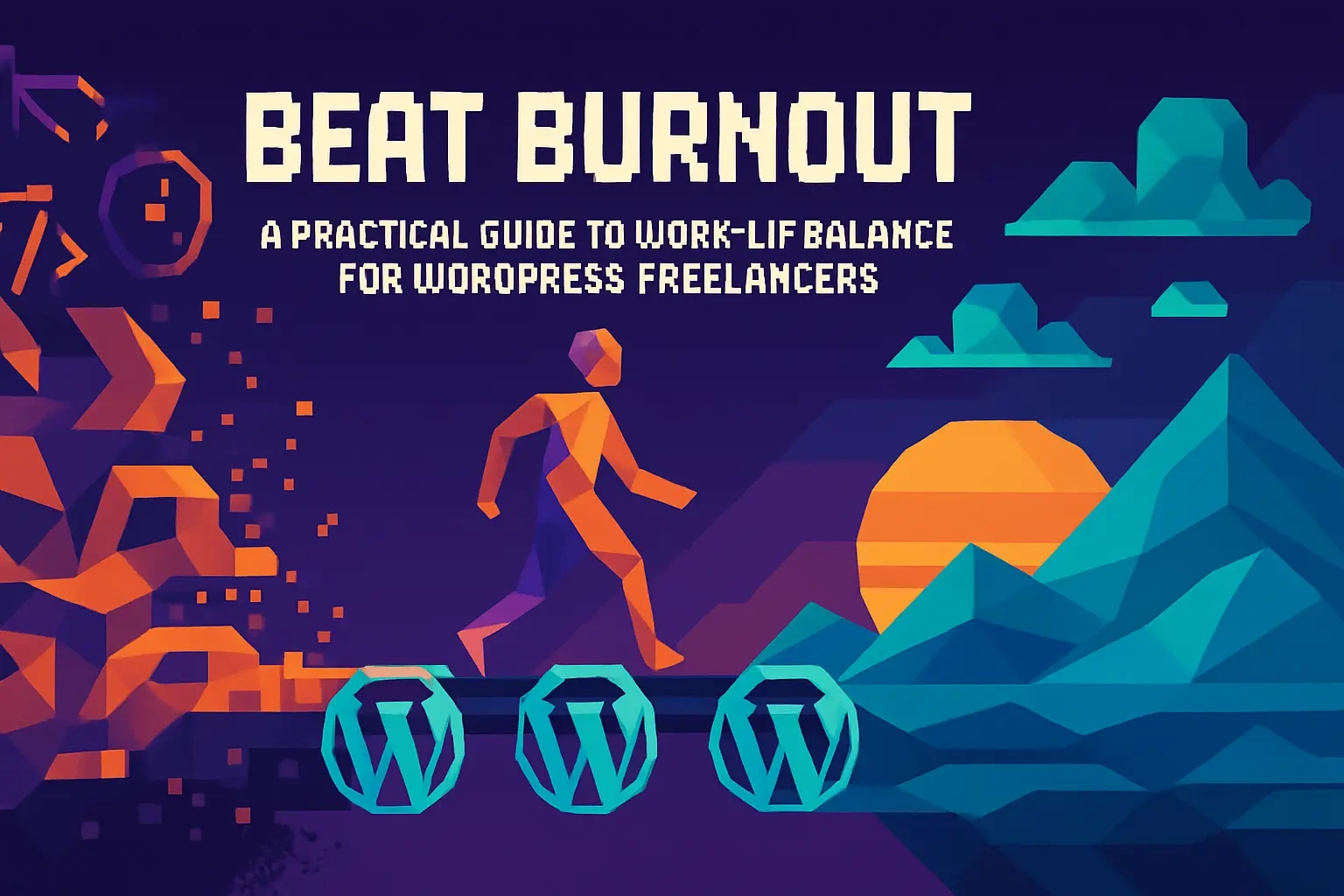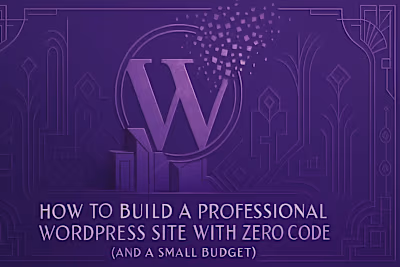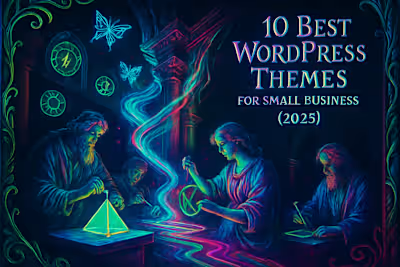Beat Burnout: A Practical Guide to Work-Life Balance for WordPress Freelancers

Beat Burnout: A Practical Guide to Work-Life Balance for WordPress Freelancers
Recognizing the Sneaky Signs of Burnout
Emotional Exhaustion and Cynicism
Physical Symptoms of Stress
Reduced Productivity and Performance
Strategy 1: Set Watertight Boundaries with Clients (and Yourself)
Defining Your Work Hours and Sticking to Them
Managing Client Expectations and Communication
Learning to Say 'No'
Strategy 2: Master Your Time, Don't Let It Master You
The Power of Time Blocking
Prioritizing Tasks with the Eisenhower Matrix
Building Buffers and Breaks into Your Schedule
Strategy 3: Prioritize Your Physical and Mental Health
The Impact of Sleep, Nutrition, and Exercise
Creating a Dedicated Workspace
Mindfulness and Decompression Techniques
Strategy 4: Build a Support System
Connecting with Other Freelancers
Knowing When to Seek Professional Help
Conclusion: Your Sustainable Freelance Future
References
Beat Burnout: A Practical Guide to Work-Life Balance for WordPress Freelancers
Recognizing the Sneaky Signs of Burnout
Emotional Exhaustion and Cynicism
Physical Symptoms of Stress
Reduced Productivity and Performance
Strategy 1: Set Watertight Boundaries with Clients (and Yourself)
Defining Your Work Hours and Sticking to Them
Managing Client Expectations and Communication
Learning to Say 'No'
Strategy 2: Master Your Time, Don't Let It Master You
The Power of Time Blocking
Prioritizing Tasks with the Eisenhower Matrix
Building Buffers and Breaks into Your Schedule
Strategy 3: Prioritize Your Physical and Mental Health
The Impact of Sleep, Nutrition, and Exercise
Creating a Dedicated Workspace
Mindfulness and Decompression Techniques
Strategy 4: Build a Support System
Connecting with Other Freelancers
Knowing When to Seek Professional Help
Conclusion: Your Sustainable Freelance Future
References
Posted Jul 6, 2025
Juggling clients, code, and deadlines? Reclaim your time and mental health with these proven strategies to prevent burnout and build a sustainable, fulfilling WordPress freelance career.








